Fish is one of the best foods to eat when pregnant, but some types are off-limits.
Is pollock in this category?
If you aren’t sure it’s safe to eat this fish during your pregnancy, you aren’t alone.
Pregnancy diet can be confusing, so if you are a mom-to-be, keep reading and learn about can you eat it and why yes/not.
IN THIS ARTICLE:
What Kind Of Fish Is Pollock?
Pollock or pollack is a North Atlantic fish of the cod family. This fish is known as saithe or coalfish in Europe. It is an elongated fish, deep green with a pale lateral line and a pale belly.


It is a popular source of food in some countries, such as Norway and the United Kingdom.
In recent years, pollock has become more popular, so it can be found in supermarkets as fresh fillets or prepared freezer items.
Is Pollock Safe To Eat During Pregnancy?
Pollock is regarded as low-mercury fish, so it is safe for pregnant women.
The Food And Drug Administration (FDA), pollock came in at an average of 0.031 PPM (parts per million) of mercury. That level of mercury is low, therefore it is considered safe. FDA recommends that pregnant women should eat at least 8 ounces and up to 12 ounces (340 g) per week. That’s about two to three servings. Of course, this recommendation applies to low-mercury fish, such as pollock.
American Pregnancy Association also recommends the same amount of pollock per week.
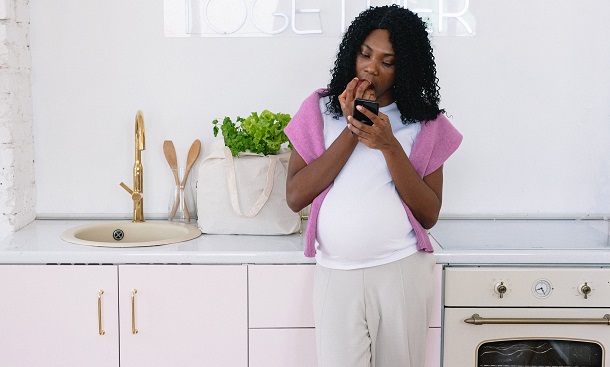

Species Of Pollock Safe In Pregnacy
The Environmental Defense Fund lists the following species of pollock that are low in mercury:
- Atlantic Pollock (Europa)
- Atlantic Pollock (USA)
- Alaska Pollock (USA)
- Pollocks formed to make imitation crab meat
Is Wild-Caught Pollock Safe For Pregnant Women?
Pregnant women are often told to avoid farmed fish and look for wild ones. The reason is that wild pollock tend to have less saturated fat and slightly more omega 3-fatty acid content. Luckily, most pollock caught worldwide is wild, not farmed. But when it comes to mercury level, no matter where the pollock was caught because it always contains a low mercury level, meaning it is safe for consumption during the pregnancy period.
Can Breastfeeding Woman Eat Pollock?
After giving birth, women should keep eating pollock, there isn’t any reason to avoid it.


In fact, pollock fills the breastmilk with omega-3 fatty acids that promote baby brain development.
The Main Concern About Eating Pollock
The main concern about fishes and other seafood is mercury. In general, mercury in seafood isn’t a big concern for adults, for example, a woman weighing 130 lb (60 kg) can safely eat up to 18 oz (510 g) per week.
But special precautions apply when you are pregnant.
Mercury is a metal and if you come in contact with high levels of it during your pregnancy period, it can cause real problems. Not just for you, but also your baby.
You can be exposed to mercury through your skin, the air, when eating and/or drinking contained food/drink.


Babies that are exposed to mercury in the womb can have brain damage, and hearing and vision problems. Also, too much mercury in your body and bloodstream could damage your’s baby nervous system.
To conclude, as long as you avoid fish known to be high in mercury, and pollock isn’t like that, seafood can be a regular part of your pregnancy diet plan.
Benefits Of Eating Pollock During Pregnancy
There are many benefits of eating pollock during pregnancy.
Pollock, as well as much other seafood, can be a great source of protein, iron and zinc. These are key nutrients for your baby’s growth and development. Also, the omega-3 fatty acids promote your baby’s brain development.
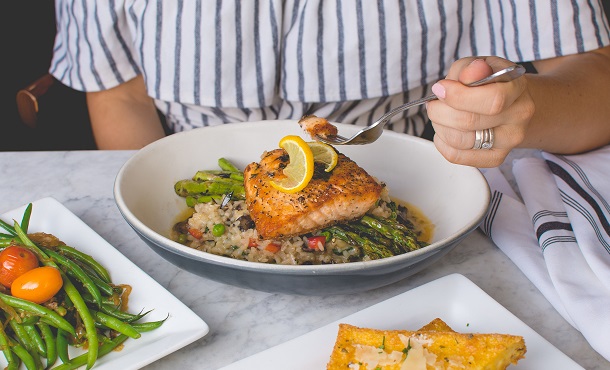

Pollock contains phosphorous, selenium and vitamin B12 which also increases its health value.
This fish is also good for you – it’s good for your memory, supports your heart health, increases mood, reduces the risk of preterm birth and many others benefits.
How To Properly Prepare Pollock During Pregnancy?
Since you should avoid any raw fish, there are a few tips on how to prepare fish that will reduce any harmful effects. Pollock is easy to prepare so it’s great for pregnat women who have to rest. It also fits perfectly in busy new moms’ lives.
- If you are buying fresh pollock or other fish, you should properly refrigerate it (if you’re not cooking it immediately)
- Use separate cutting boards for fish, meat, fruit, vegetables
- Don’t reuse marinades
- Cook pollock until internal temperature reaches 145 °F
- Don’t eat fried pollock – it adds saturated fats, trans-fats and calories unnecessarily
Cooking fish thoroughly kills bacteria and other pathogens. Cut into the meatiest part of your pollock and check that it’s done. Of course, the most accurate way is using a good food thermometer.
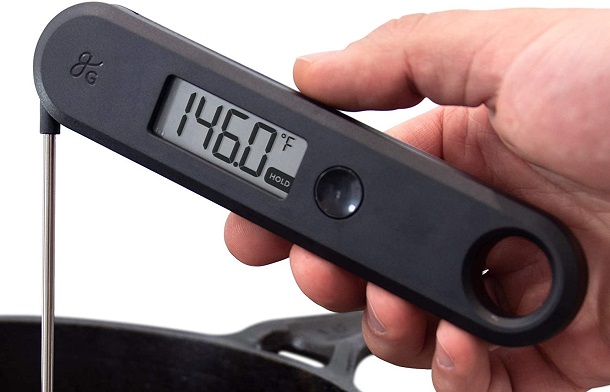

Simple Pollock Recipe
Sauteed Wild Pollock With Parmesan Crumbs
Heat a dry nonstick skillet over medium-high heat.
Add panko bread crumbs; toast, stirring until crumbs are lightly browned.
Transfer toasted bread crumbs to a medium-size bowl.
Add parmesan, parsley, salt, black pepper and cayenne pepper.
Stir in 1 tablespoon of olive oil. Set aside.
Wipe out the skillet.
Heat skillet to medium-high heat and add remaining olive oil. Add Alaskan Pollock fillets and cook for 5 minutes.
Turn over fillets and heap with crumb mixture. Cover and cook for another 3-5 minutes.
Garnish with lemon wedges and serve.
Ingredients
Directions
Heat a dry nonstick skillet over medium-high heat.
Add panko bread crumbs; toast, stirring until crumbs are lightly browned.
Transfer toasted bread crumbs to a medium-size bowl.
Add parmesan, parsley, salt, black pepper and cayenne pepper.
Stir in 1 tablespoon of olive oil. Set aside.
Wipe out the skillet.
Heat skillet to medium-high heat and add remaining olive oil. Add Alaskan Pollock fillets and cook for 5 minutes.
Turn over fillets and heap with crumb mixture. Cover and cook for another 3-5 minutes.
Garnish with lemon wedges and serve.
FAQ: Fishes In Pregnacy
What Other Seafood Is Safe To Eat During Pregnancy?
When pregnant, you should eat a variety of seafood that is rich in omega-3 fatty acids and low in mercury. Eating the right types of seafood during pregnancy is even recommended for you and your baby.
That includes:
- Salmon
- Anchovies
- Sardines
- Herring
- Shrimp
- Catfish
- Canned light tuna
What To Avoid When Pregnant?
There are more guidelines you should consider when pregnant.
To play it safe, you should avoid large, predatory fish (shark, swordfish, tilefish, Marlin, Orange roughy,…), skip uncooked fish and shellfish (sushi, oysters, sashimi), and cook seafood properly (most seafood should be cooked to an internal temperature of 145 °F (63 °C).
To Wrap It Up
Many women aren’t sure about fishes such as pollock in pregnancy diet and that’s perfectly normal. Of course, you should educate yourself about adequate food (that especially includes seafood, such as pollock) that promotes your and your baby’s health. Here you could see that pollock is completly safe for you and your baby. However, always check the mercury level in the certasin fish species.



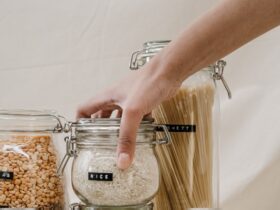
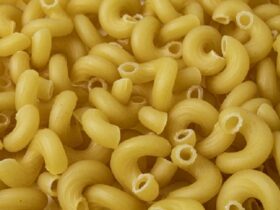
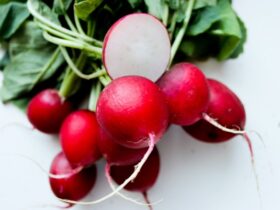


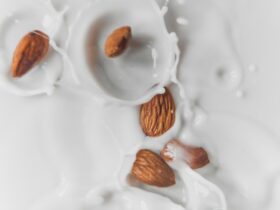



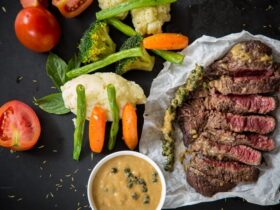
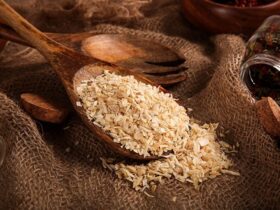
Leave a Reply